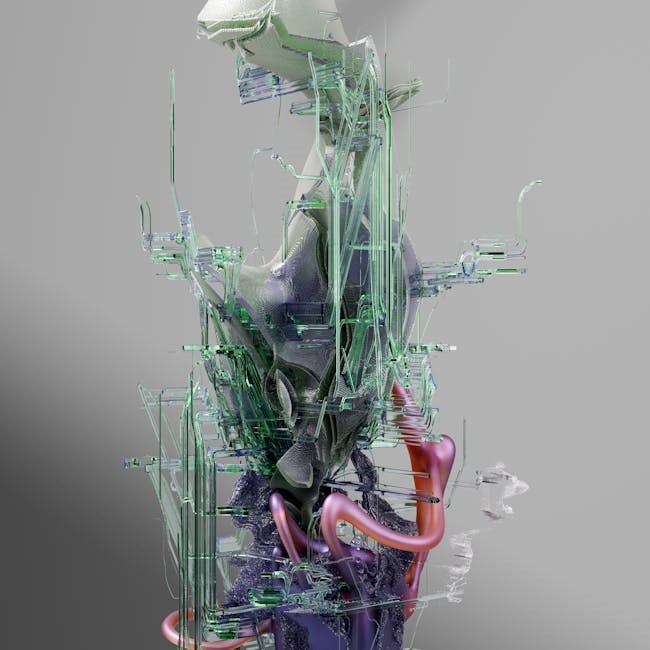and
- unordered lists
effectively online always.
Overview of PALS
The overview of PALS includes a general understanding of pediatric life support, which encompasses various techniques and strategies for resuscitating children. This involves the use of algorithms and flowcharts to guide healthcare professionals in their decision-making process. According to the American Heart Association, PALS algorithms are designed to provide a standardized approach to pediatric resuscitation, taking into account the unique needs and characteristics of children. The overview of PALS also highlights the importance of
and communication among healthcare providers, as well as the need for ongoing education and to stay up-to-date with the latest guidelines and recommendations. By following PALS algorithms, healthcare professionals can provide high-quality care to children in need of resuscitation. Effective use of PALS algorithms requires a thorough understanding of pediatric physiology and pharmacology.

Key Components of PALS Algorithms
Key components include assessment and support using various tools always online effectively.
Assessment and Support
Assessment and support are crucial components of PALS algorithms, involving the use of cardiac monitors to identify rhythms and monitor pulse, BP, and oximetry. The evaluation of rhythm with 12-lead ECG or monitor is essential. Support for airway, breathing, and circulation is provided using
- ordered lists
of interventions, including positive pressure ventilation and oxygen as necessary. The
of medications and dosages is also an important resource. Additionally, the use of
- unordered lists
helps to prioritize interventions and ensure effective support. By following these steps, healthcare providers can ensure that patients receive the necessary assessment and support to improve outcomes. Effective assessment and support are critical in pediatric life support and resuscitation techniques, always using online resources and tools effectively.

PALS Algorithm for Cardiac Arrest
Bradycardia and Cardiopulmonary Compromise

BLS Pediatric Cardiac Arrest Algorithm
Uses links and tags to guide pediatric cardiac arrest treatment always online effectively.
Severe Compromise of Airway, Breathing, or Perfusion
Severe compromise of airway, breathing, or perfusion requires immediate attention using links to relevant guidelines and tags to organize information effectively online. The American Heart Association provides
- ordered lists
of steps to follow in such situations, including assessing the patient’s airway, breathing, and circulation, and providing oxygen and ventilation as needed. Additionally,
- unordered lists
of potential interventions, such as cardiopulmonary resuscitation and defibrillation, are available to guide healthcare providers. By following these guidelines and using online resources, healthcare providers can provide effective care in emergency situations, including those involving severe compromise of airway, breathing, or perfusion, and improve patient outcomes using
to track progress. Effective use of these resources can help save lives and improve health outcomes.
Additional Resources for PALS Algorithms
Resources include links to PDF files and guides for easy access always online.
PDF Files and References
PDF files and references are available for PALS algorithms, including the 2020 American Heart Association guidelines, which can be downloaded from the official website using a hyperlink. These resources provide detailed information on pediatric life support and resuscitation techniques, including
- ordered lists
of steps to follow in emergency situations. The PDF files can be easily accessed and shared using digital platforms, making it convenient for healthcare professionals to stay updated on the latest guidelines and protocols. Additionally, references to academic papers and research studies are also provided, which can be useful for further reading and research purposes, and can be accessed through
- unordered lists
of relevant publications. Overall, the PDF files and references serve as a valuable resource for healthcare professionals working in pediatric care.
Expert Consultation and Additional Drug Therapies
Expert consultation is advised before using additional drug therapies always online using links and
- lists
effectively every time.
Considerations for Vagal Maneuvers and Adenosine
Considerations for vagal maneuvers and adenosine include evaluating the patient’s condition using electrocardiogram and medical history to determine the best course of treatment. The use of vagal maneuvers, such as the Valsalva maneuver, can be effective in certain situations. Adenosine is also a commonly used medication in pediatric advanced life support, and its administration should be carefully considered. The patient’s heart rate and blood pressure should be closely monitored during treatment. Additionally, the use of
- medications
and
- procedures
should be guided by established protocols and guidelines to ensure the best possible outcome. Effective communication and collaboration among healthcare providers are also crucial in these situations, and online resources can provide valuable information and support.

and Future Directions
Future directions involve online updates and new guidelines for pals algorithms pdf always available.
System Theory and the Schur Algorithm
System theory is a crucial aspect of pals algorithms pdf, involving the use of mathematical models and algorithms to analyze and understand complex systems. The Schur algorithm is a key component of this theory, providing a framework for
- ordered analysis
and
- unordered processing
of data. By applying system theory and the Schur algorithm, healthcare professionals can develop more effective pals algorithms pdf, leading to improved patient outcomes and better decision-making. This approach enables the creation of
and
of complex systems, facilitating a deeper understanding of the underlying dynamics and relationships. Overall, system theory and the Schur algorithm are essential tools for developing and refining pals algorithms pdf.
